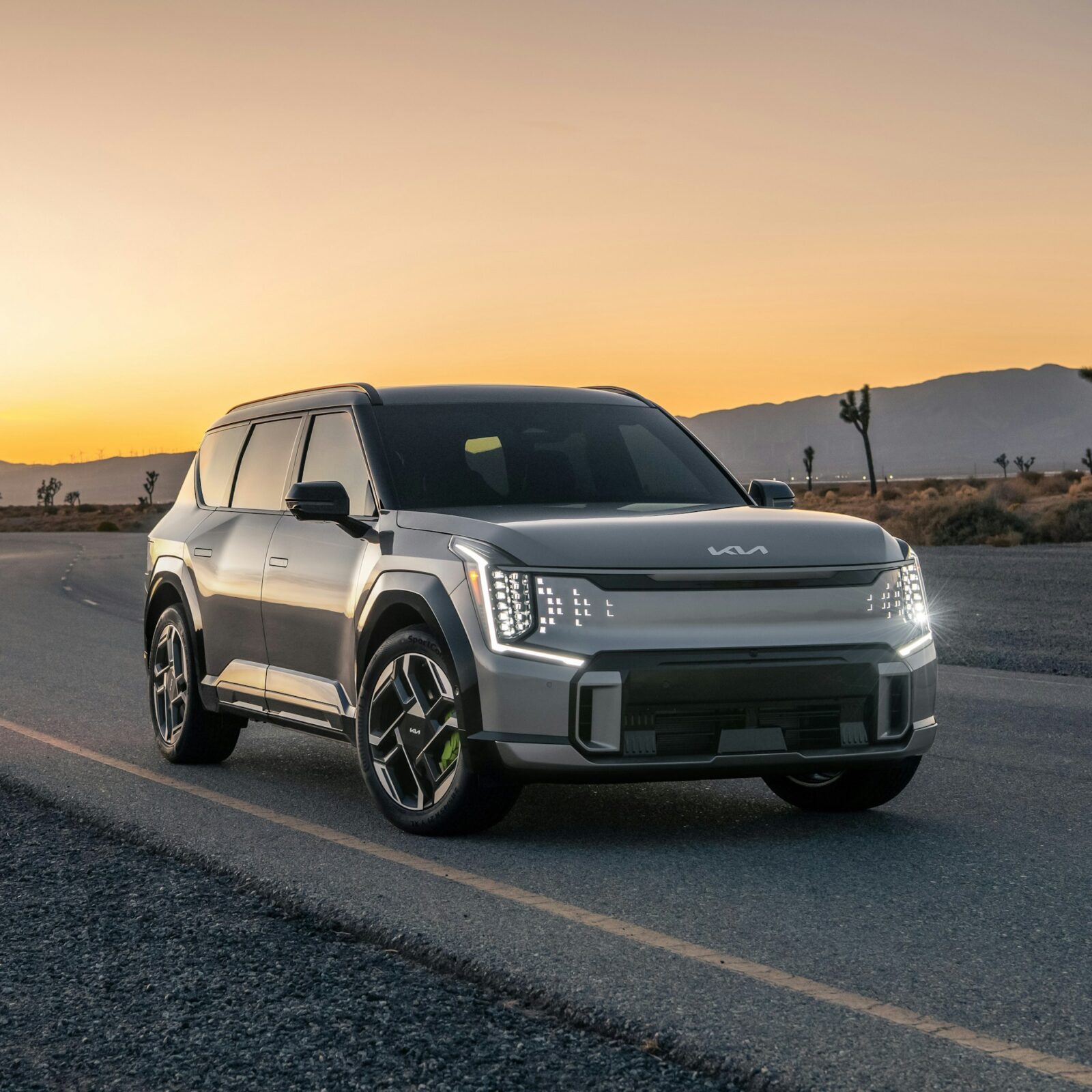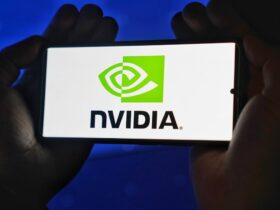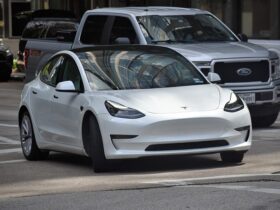From Underdog to Unstoppable
In a car market dominated by American classics, Japanese reliability, and European luxury, few would have predicted that Kia — once seen as a budget brand — would become one of the most successful automakers in the U.S.
Today, Kia’s vehicles are everywhere: from suburban driveways to city highways. The Telluride SUV, EV6, and EV9 have become household names, driving record-breaking sales and reshaping how Americans view Korean engineering.
In September 2025 alone, Kia sold 65,000 vehicles — an 11% year-over-year increase — helping the brand notch a 9% growth rate for the year. But these numbers tell only part of the story. Kia’s rise is a masterclass in brand evolution, innovation, and trust-building — a blueprint for how to win over the world’s most competitive car market.
From Struggle to Strength: Kia’s Early Challenges
When Kia entered the U.S. market in 1993, its first offerings — the Sephia and Sportage — were basic and affordable but failed to impress. American consumers saw Kia as a cheap import, not a contender.
Determined to change perceptions, Kia introduced an industry-shaking 10-year/100,000-mile powertrain warranty. This bold move built consumer confidence and set a new benchmark for reliability in affordable vehicles.
The turning point came in 2009, when Kia opened its U.S. assembly plant in West Point, Georgia. This move signaled that Kia was serious about local investment, jobs, and long-term growth in America.
Quirky ad campaigns like the “rapping hamsters” promoting the Kia Soul added humor and relatability, but Kia needed more than memes to win respect. The company had to prove it could compete on performance, design, and innovation — and soon, it did.
The Game Changer: Performance and Prestige Collide
Kia’s breakout moment came in 2017 with the launch of the Stinger GT, a sleek sport sedan engineered to rival the BMW 3 Series and Audi A5. Designed under former Audi stylist Peter Schreyer, the Stinger shocked critics with its blend of power, precision, and design — and gave Kia a dose of long-missing performance credibility.
The Stinger’s success redefined Kia as more than a budget brand. It laid the foundation for the company’s flagship SUV — the Telluride, introduced in 2019 — which became Kia’s ticket to mainstream dominance.
The Telluride Revolution: Winning America’s Driveways
The Telluride changed everything. With rugged styling, a refined interior, and a sub-$37,000 starting price, it became a hit among American families who previously shopped for Toyotas, Fords, and even Volvos.
“The Telluride was a huge piece of redefining who we were as a brand,” said Eric Watson, Kia America’s VP of Sales. “It opened people’s minds to what Kia could become.”
Sales skyrocketed. The Telluride became a top pick among middle- and upper-income households, expanding Kia’s “share of garage” — meaning customers who bought one Kia often came back for another.
Its success rippled through the lineup, lifting sales for the Sorento, K5, and Seltos, and setting the stage for Kia’s next chapter: electrification.
The Electric Era: Kia’s EV6 and EV9 Lead the Charge
While legacy automakers struggled to transition to electric vehicles, Kia executed a smart, flexible EV strategy.
The EV6 introduced American drivers to Kia’s new design language — sporty, futuristic, and practical — while the EV9, a full-size electric SUV, built on the Telluride’s formula for family luxury with zero emissions.
What sets Kia apart isn’t just technology, but manufacturing agility. Its Georgia factory now produces gas, hybrid, and electric vehicles on the same line — a rare advantage that allows Kia to adapt quickly to shifting market demand.
As EV adoption continues to grow, this flexibility gives Kia an edge against both traditional automakers and EV startups like Rivian and Lucid.
Building America’s Cars — in America
Kia’s decision to manufacture locally in nonunion states helped the company maintain lower production costs while creating thousands of U.S. jobs.
This “Made in America” strategy also provided protection from tariff uncertainty under President Trump’s trade policies. By assembling vehicles domestically, Kia not only earned political goodwill but also reduced shipping costs and improved delivery times.
Despite facing setbacks like the viral “Kia Challenge” (a TikTok-fueled car theft trend) and an investigation into its Georgia plant’s labor practices, Kia responded swiftly with software updates, a $200 million settlement, and increased worker oversight — preventing long-term brand damage.
At the same time, Kia’s dealer network modernization — with over 60% of showrooms rebuilt — and a sleek new logo and identity completed the transformation from “cheap commuter cars” to “accessible luxury.”
The Road Ahead: Growth, EV Pickups, and a New Generation
Globally, Kia’s ambitions are accelerating. The company projects:
- 3.22 million vehicles shipped in 2025 (+4.1% YoY)
- Revenue growth of 4.7%
- U.S. market share increase from 5.1% to over 6%
Kia plans to introduce several new vehicles in the next year, including a next-generation Telluride and its first all-electric pickup truck — expected to sell 90,000 units annually when fully ramped.
Kia’s hybrid and plug-in models will remain critical to its strategy, ensuring it captures every type of buyer during the EV transition. As Watson explained:
“We’re building vehicles that meet people where they are — whether that’s gas, hybrid, or full electric. The key is choice.”
Kia’s Winning Formula
Kia’s success story in America boils down to three core principles:
- Quality and Reliability: The long warranty built trust; consistent product improvement kept it.
- Bold Design and Innovation: From the Stinger to the EV9, Kia dared to challenge stereotypes.
- Localized Production: Building cars in the U.S. cemented its credibility as a homegrown player.
These moves transformed Kia from an outsider into one of America’s most beloved mainstream automakers — an example of what can happen when value meets vision.
A Korean Comeback for the American Road
Kia’s journey from budget afterthought to American automotive powerhouse is nothing short of remarkable. In just three decades, it has turned skepticism into loyalty, reshaping the meaning of value in the U.S. auto market.
The brand’s evolution — led by design, performance, and now electrification — has made it not just a carmaker, but a symbol of modern mobility.
As Kia prepares to launch new models and expand its U.S. footprint, one thing is clear: the Korean underdog is now a leader of the pack. And if history is any guide, Kia’s best chapters are still ahead.







Leave a Reply